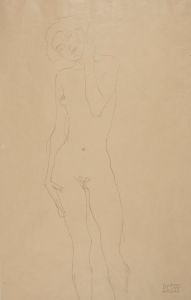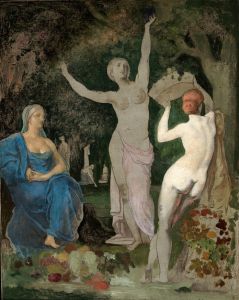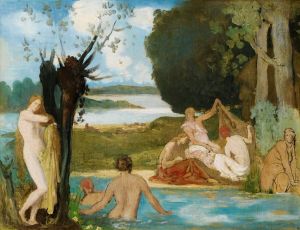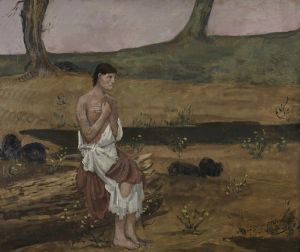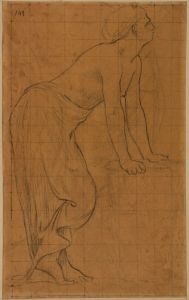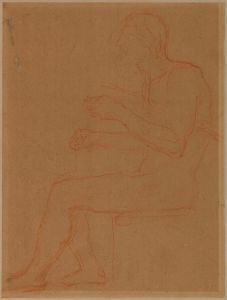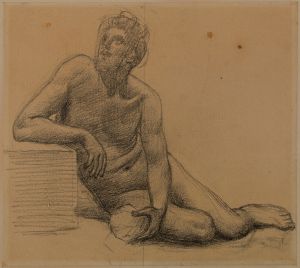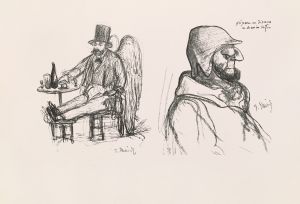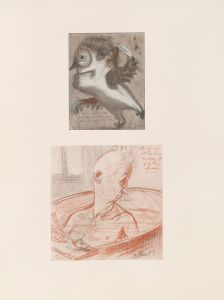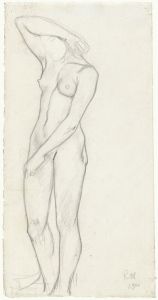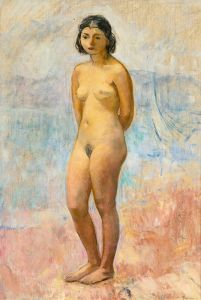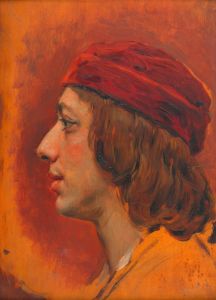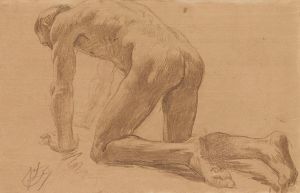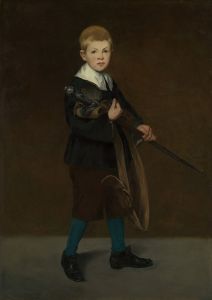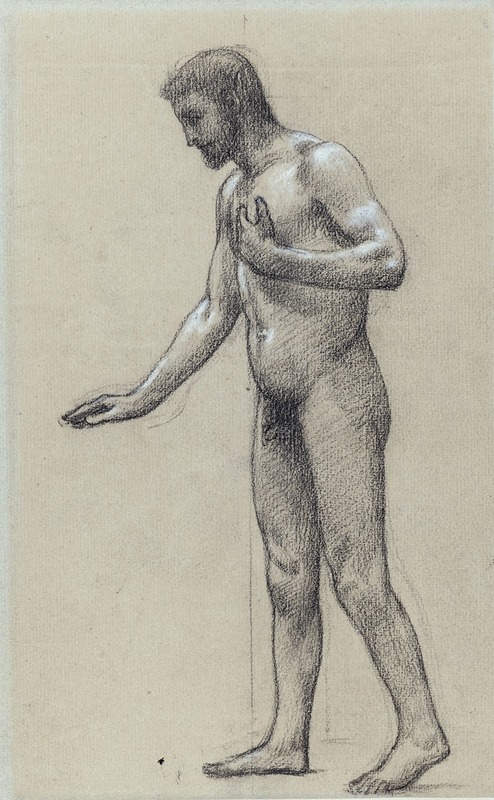
Homme nu de profil à gauche debout
A hand-painted replica of Pierre Puvis de Chavannes’s masterpiece Homme nu de profil à gauche debout, meticulously crafted by professional artists to capture the true essence of the original. Each piece is created with museum-quality canvas and rare mineral pigments, carefully painted by experienced artists with delicate brushstrokes and rich, layered colors to perfectly recreate the texture of the original artwork. Unlike machine-printed reproductions, this hand-painted version brings the painting to life, infused with the artist’s emotions and skill in every stroke. Whether for personal collection or home decoration, it instantly elevates the artistic atmosphere of any space.
Pierre Puvis de Chavannes was a prominent French painter known for his mural paintings and contributions to the Symbolist movement in the 19th century. One of his works, "Homme nu de profil à gauche debout," which translates to "Nude Man Standing in Profile to the Left," exemplifies his interest in the human form and classical themes.
Puvis de Chavannes was born on December 14, 1824, in Lyon, France. He initially pursued a career in engineering before turning to art, studying under several artists, including Eugène Delacroix and Thomas Couture. His style evolved to focus on large-scale murals and allegorical subjects, often characterized by a serene and timeless quality.
"Homme nu de profil à gauche debout" is a drawing that showcases Puvis de Chavannes' skill in depicting the human figure. The work is a study of a male nude, standing in profile, with a focus on the anatomical precision and the grace of the human body. This piece reflects the artist's classical training and his interest in the idealized human form, a common theme in his oeuvre.
Puvis de Chavannes' approach to art was heavily influenced by classical antiquity and the Renaissance, which is evident in the composition and execution of "Homme nu de profil à gauche debout." The drawing likely served as a preparatory study for one of his larger mural projects, as he often created numerous sketches and studies before executing his final works. His murals can be found in various public buildings across France, including the Panthéon in Paris and the Musée de Picardie in Amiens.
The artist's work was well-received during his lifetime, and he became a central figure in the French art world. He co-founded the Société Nationale des Beaux-Arts in 1890, which provided an alternative exhibition space to the official Salon, allowing for greater artistic freedom. Puvis de Chavannes' influence extended beyond his own time, impacting later artists such as the Symbolists and the Nabis, who admired his ability to convey emotion and narrative through simplified forms and muted colors.
While "Homme nu de profil à gauche debout" may not be as widely recognized as some of his larger murals, it remains an important example of Puvis de Chavannes' dedication to the study of the human figure and his mastery of draftsmanship. The drawing exemplifies his ability to capture the essence of his subjects with minimalistic yet powerful lines, a skill that contributed to his reputation as a leading artist of his era.
Pierre Puvis de Chavannes passed away on October 24, 1898, in Paris, leaving behind a legacy that continues to be celebrated for its contribution to the development of modern art. His works, including "Homme nu de profil à gauche debout," remain significant for their exploration of timeless themes and their influence on subsequent generations of artists.





